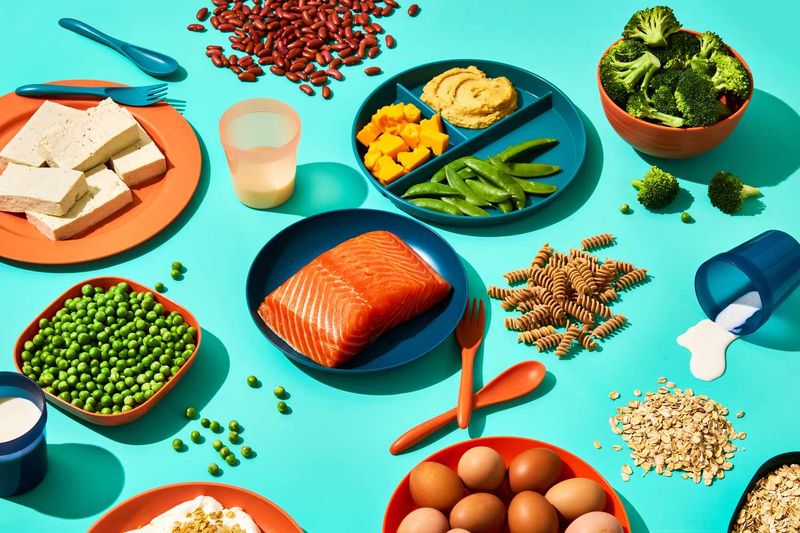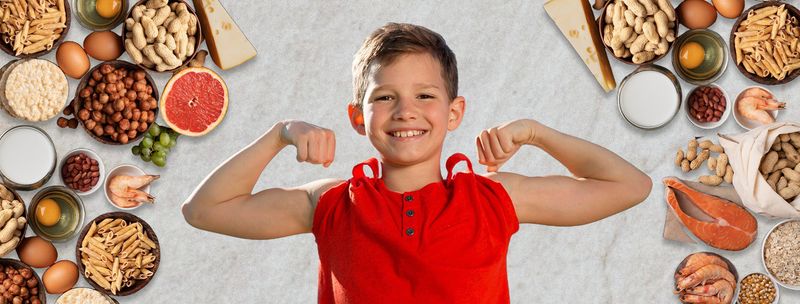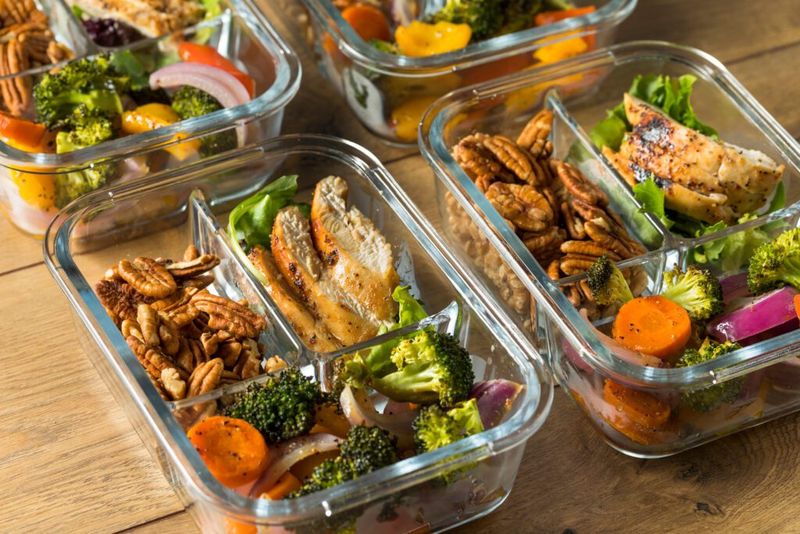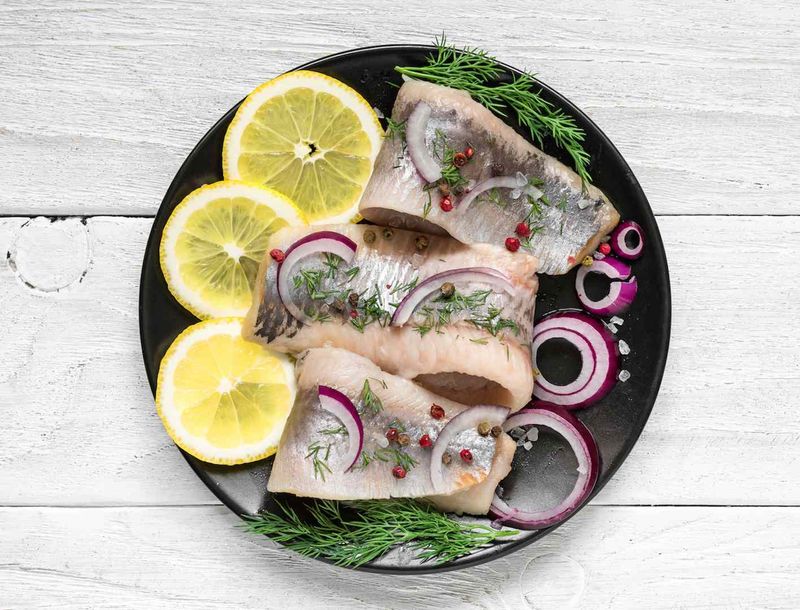Think you’re getting enough protein each day? Most people aren’t—and it could be sabotaging your energy, mood, and even how you age. Protein isn’t just for athletes; it’s the building block your body needs to repair cells, maintain muscle, and keep your metabolism humming at every stage of life. From toddlers growing strong bones to older adults preserving muscle and mobility, the right amount of protein changes as you age. Here’s exactly how much you need at every age, according to nutrition experts, so you can feel your best now and later.
1. Toddlers (Ages 1-3)
Those active little bodies between ages 1-3 need 13 grams of protein every day to fuel their rapid development. That’s about the amount in two eggs or a cup of milk!
Protein during these formative years builds strong muscles and supports crucial brain development. Without enough, growth can slow down and immune systems may weaken.
Parents needn’t worry too much though – most toddlers get adequate protein through a varied diet including dairy, eggs, meat, beans, or tofu. Even picky eaters typically meet their needs through regular meals and snacks.
2. Children (Ages 4-8)
Elementary-aged kids experience steady growth that requires 19 grams of protein daily. This amount supports their developing bodies while providing energy for playground adventures and classroom learning.
A sandwich with turkey, a glass of milk, and a handful of edamame easily meets this requirement. Children who eat a variety of foods rarely have trouble reaching this target.
Protein at this age helps build strong bones, supports immune function, and maintains healthy skin and hair. Parents can encourage protein intake through fun options like yogurt parfaits, nut butter on apple slices, or bean-based pasta.
3. Pre-teens (Ages 9-13)
The pre-teen years bring growth spurts and increased energy needs, requiring 34 grams of protein daily. This higher amount supports rapidly developing muscles, bones, and hormonal changes as puberty approaches.
A breakfast with two eggs, lunch including a chicken wrap, and dinner with fish or beans easily satisfies this requirement. Sports activities and increased physical demands make protein especially important during these years.
Parents might notice increased appetite as children approach adolescence – this is normal! Offering protein-rich snacks like Greek yogurt, cheese sticks, or trail mix helps fuel growing bodies between meals.
4. Teenagers (Ages 14-18)
Adolescents experience dramatic physical changes requiring substantial protein support – 46 grams daily for girls and 52 grams for boys. These amounts fuel the significant muscle development, bone growth, and hormonal changes of puberty.
A teenage athlete might need even more protein to support their active lifestyle. Morning smoothies with protein powder, hearty lunches, and substantial dinners help meet these increased demands.
Many teens naturally gravitate toward protein-rich foods like burgers or chicken, but vegetarian teens should pay special attention to getting enough through beans, nuts, tofu, and dairy alternatives.
5. Adult (Ages 19+)
Adult protein needs are more flexible, ranging from 10-35% of daily calories. For someone eating 2,000 calories, that’s 50-175 grams daily – quite a range! Your specific needs depend on activity level, health goals, and overall diet.
Someone working a desk job might aim for the lower end, while those with active lifestyles need more. Protein at this stage maintains muscle mass, supports metabolism, and keeps your immune system strong.
Many adults find success with the simple rule of including a palm-sized protein portion at each meal. This approach typically provides adequate amounts without requiring precise calculations.
6. Older Adults (Ages 65+)
Contrary to what many believe, protein needs actually increase with age! Adults over 65 should aim for 1.0-1.2 grams per kilogram of body weight daily to combat age-related muscle loss called sarcopenia.
For a 150-pound senior, that’s about 68-82 grams daily – significantly more than younger adults need proportionally. This higher intake helps maintain independence, supports bone health, and speeds recovery from illness or injury.
High-quality, easily digestible proteins like eggs, dairy, fish, and lean meats work best for older adults. Spreading protein intake throughout the day maximizes muscle maintenance and overall health benefits.
7. Pregnant and Nursing Mothers
Creating and feeding new life demands additional protein! Pregnant and breastfeeding individuals need about 1.1 grams per kilogram of body weight daily – that’s roughly 25 grams more than before pregnancy.
This extra protein supports the baby’s development, helps build the placenta, increases blood supply, and later supports milk production. For a 150-pound woman, the target is approximately 75 grams daily.
Protein-rich foods like eggs, yogurt, lean meats, and beans are excellent choices. Morning sickness can make protein consumption challenging, so smaller, frequent meals and protein smoothies often help expectant mothers meet their needs.
8. Active People and Athletes
Regular exercise creates special protein demands! Active individuals need 1.2-2.0 grams per kilogram of body weight daily – nearly double what sedentary people require. This higher intake repairs exercise-induced muscle damage and builds new tissue.
Endurance athletes like runners fall on the lower end of this range, while strength athletes like weightlifters need amounts closer to the upper limit. Timing matters too – consuming protein within 30 minutes after workouts maximizes recovery benefits.
Many athletes use protein supplements for convenience, but whole foods like chicken, fish, eggs, and plant proteins work equally well when properly planned throughout the day.








Leave a comment